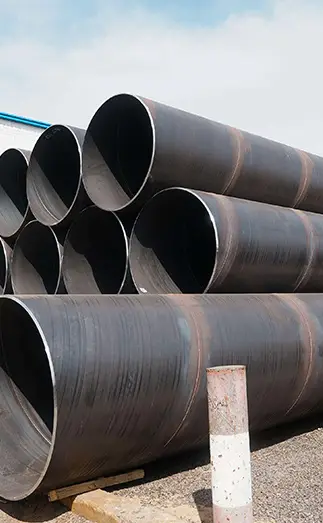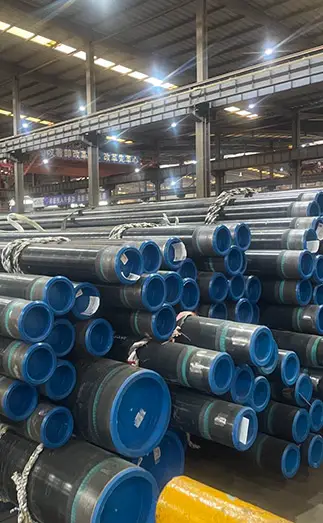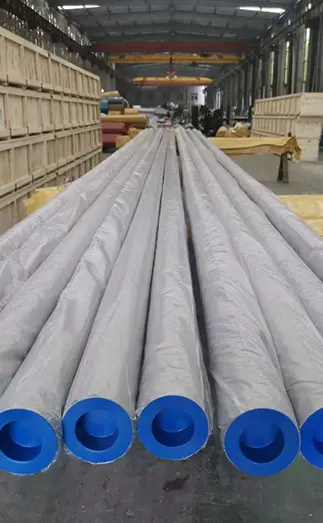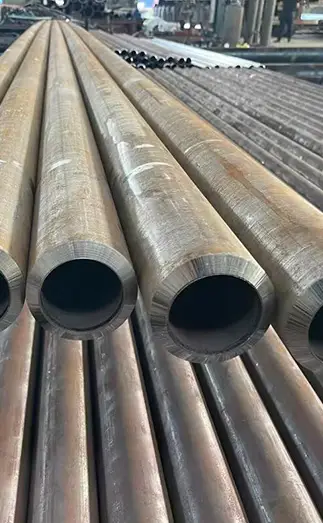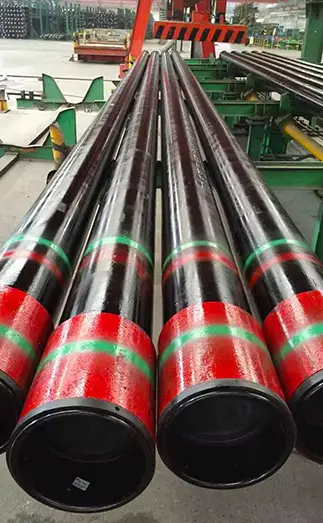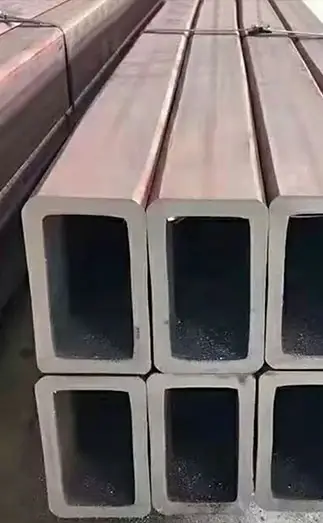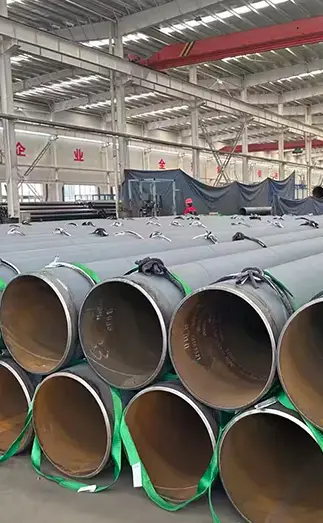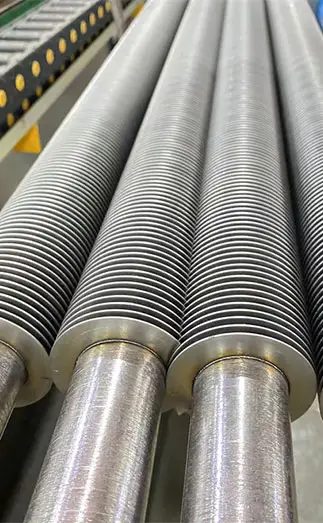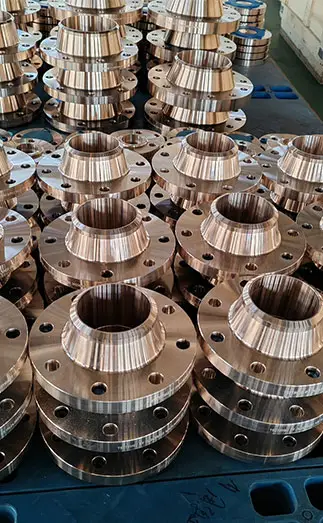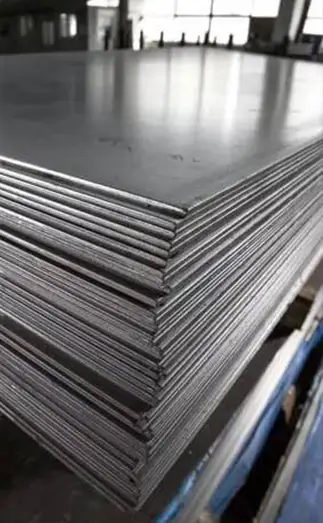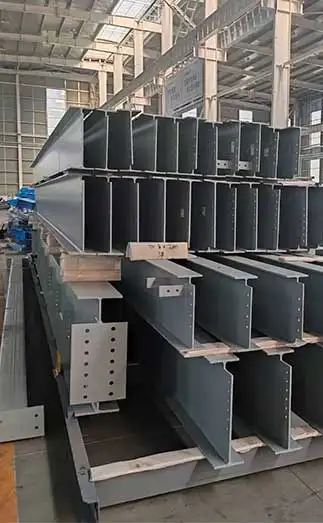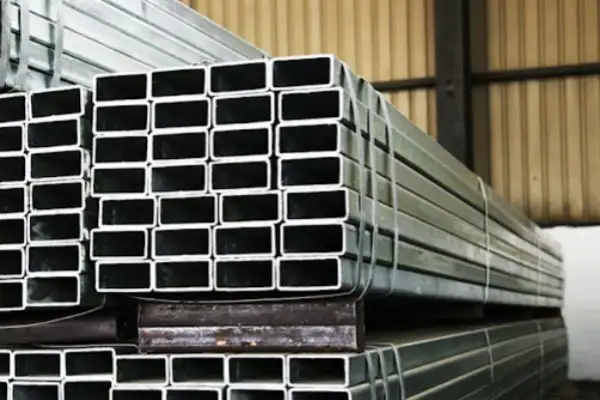In the application of spiral steel pipes, welding and cutting are essential steps, but they come with unique challenges compared to typical carbon steel due to the characteristics of the spiral steel pipe itself. The following points highlight crucial considerations and potential issues encountered in welding spiral steel pipes.
High-Temperature Cracks
During welding, spiral steel pipes are susceptible to various high-temperature cracks, which can develop in the welded joint and heat-affected zone (HAZ). These cracks generally include:
Solidification Cracks: Occurring as the weld solidifies.
Microcracks: Small cracks often forming within the weld metal.
HAZ Cracks: Cracks within the heat-affected zone surrounding the weld.
Reheating Cracks: Cracks that develop during post-weld reheating.
Low-Temperature Cracks
Spiral steel pipes may also experience low-temperature cracking, primarily due to hydrogen diffusion, the rigidity of the welded joint, and the hardened structure within the weld zone. To mitigate low-temperature cracks:
Minimize hydrogen diffusion during welding.
Preheat the material and apply post-weld heat treatment as needed.
Reduce the degree of constraint at the welded joint.
Toughness of Welded Joints
Welded joints in spiral steel pipes are typically designed to include about 5-10% ferrite to reduce susceptibility to high-temperature cracking. However, the presence of ferrite can reduce low-temperature toughness, as an increase in ferrite decreases the toughness of the welded area.
Austenite and Ferrite Balance
When welding spiral steel pipes, the reduction of austenite in the joint area can negatively impact toughness. As ferrite levels increase, toughness decreases significantly, especially in high-purity ferritic stainless steels where trace elements like carbon, nitrogen, and oxygen contribute to a decrease in toughness.
Oxide Inclusions
An increase in oxygen content during welding can lead to oxide-type inclusions in the weld metal. These inclusions serve as crack initiation sites or paths for crack propagation, further reducing joint toughness. Additionally, nitrogen from the protective gas may mix into the weld, leading to lath-like Cr2N formations along certain cleavage planes, hardening the material and decreasing toughness.
Sigma (σ) Phase Embrittlement
Austenitic, ferritic, and duplex stainless steels are susceptible to σ phase embrittlement due to the precipitation of a small percentage of α-phase in the material. This phase usually precipitates at temperatures between 600-900°C, especially near 750°C, and significantly reduces toughness. To prevent σ phase embrittlement, it is advised to minimize ferrite content in austenitic stainless steels.
475°C Embrittlement
When spiral steel pipes made of Fe-Cr alloy are held at 475°C (or within a range of 370-540°C) for an extended period, embrittlement occurs. This results from the decomposition of the Fe-Cr alloy into low-chromium α and high-chromium α’ phases. Once the chromium concentration in the α’ phase exceeds 75%, deformation type shifts from slip to twin deformation, leading to embrittlement at this temperature.
By taking these factors into account, welding processes for spiral steel pipes can be optimized to reduce the likelihood of cracking and embrittlement while maintaining structural integrity and toughness in the welded joints.



 English
English Español
Español Français
Français بالعربية
بالعربية